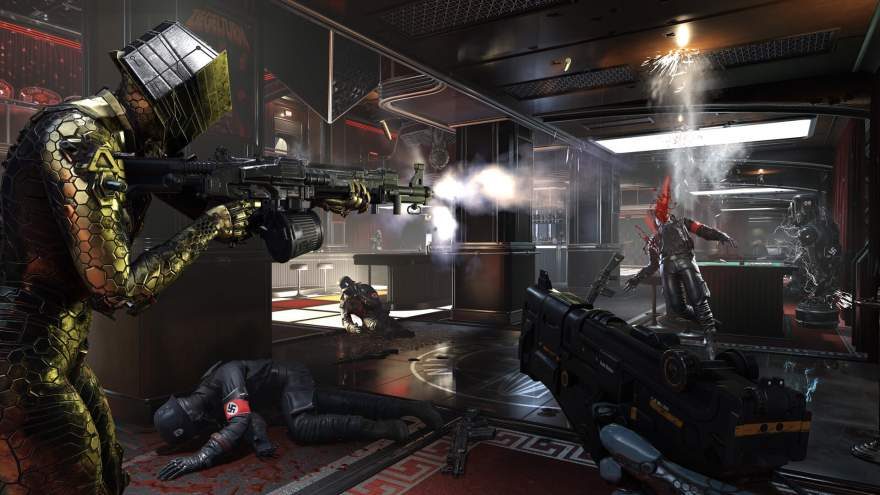Microsoft Details Next DirectX 12 Update and DXR 1.1
Peter Donnell / 5 years ago

A lot of attention goes to the Nvidia and AMD driver updates. Of course, even their graphics cards have to bow to the mercy of DirectX at the best of times. The last major update was back in October last year. Developers are now tinkering with a new range of features that Microsoft aims to release by the middle of next 2020. These include a big update to the DirectX Raytracing SDK, bringing that up to version 101. DirectX Mesh Shaders, texture streaming, and more are being overhauled. Microsoft aims to improve performance and memory management.
Raytracing Tier 1.1

“Back in October 2018, we released Windows 10 OS and SDK to support DirectX Raytracing (aka. DXR tier 1.0). Within one year of its official release, game developers used DXR to bring cinematic level of photorealism in real time to a long list of games. At the same time, we continue to work with both GPU vendors and game developers to better expose hardware capabilities and to better address adoption pain points. As a result, we will introduce DXR tier 1.1 with the following new additions on top of tier 1.0.” – Microsoft
- Support for adding extra shaders to an existing Raytracing PSO, which greatly increases efficiency of dynamic PSO additions.
- Support ExecuteIndirect for Raytracing, which enables adaptive algorithms where the number of rays is decided on the GPU execution timeline.
- Introduce Inline Raytracing, which provides more direct control of the ray traversal algorithm and shader scheduling, a less complex alternative when the full shader-based raytracing system is overkill, and more flexibility since RayQuery can be called from every shader stage. It also opens new DXR use cases, especially in compute: culling, physics, occlusion queries, and so on.
DirectX Mesh Shader
Mesh shaders and amplification shaders are the next generations of GPU geometry processing capability, replacing the current input assembler, vertex shader, hull shader, tessellator, domain shader, and geometry shader stages. Basically, Microsoft has simplified the process while also making it more powerful too.
“The flexibility and high performance of the mesh shader programming model will allow game developers to increase geometric detail, rendering more complex scenes without sacrificing framerate.” – Microsoft

Texture Streaming, Shading, and Beyond!
Other big improvements are how the update will help deal with higher resolution assets, such as memory management, texture streaming, and improved shading techniques. You can find the full changelog and a much more detailed explanation of these features here.



















